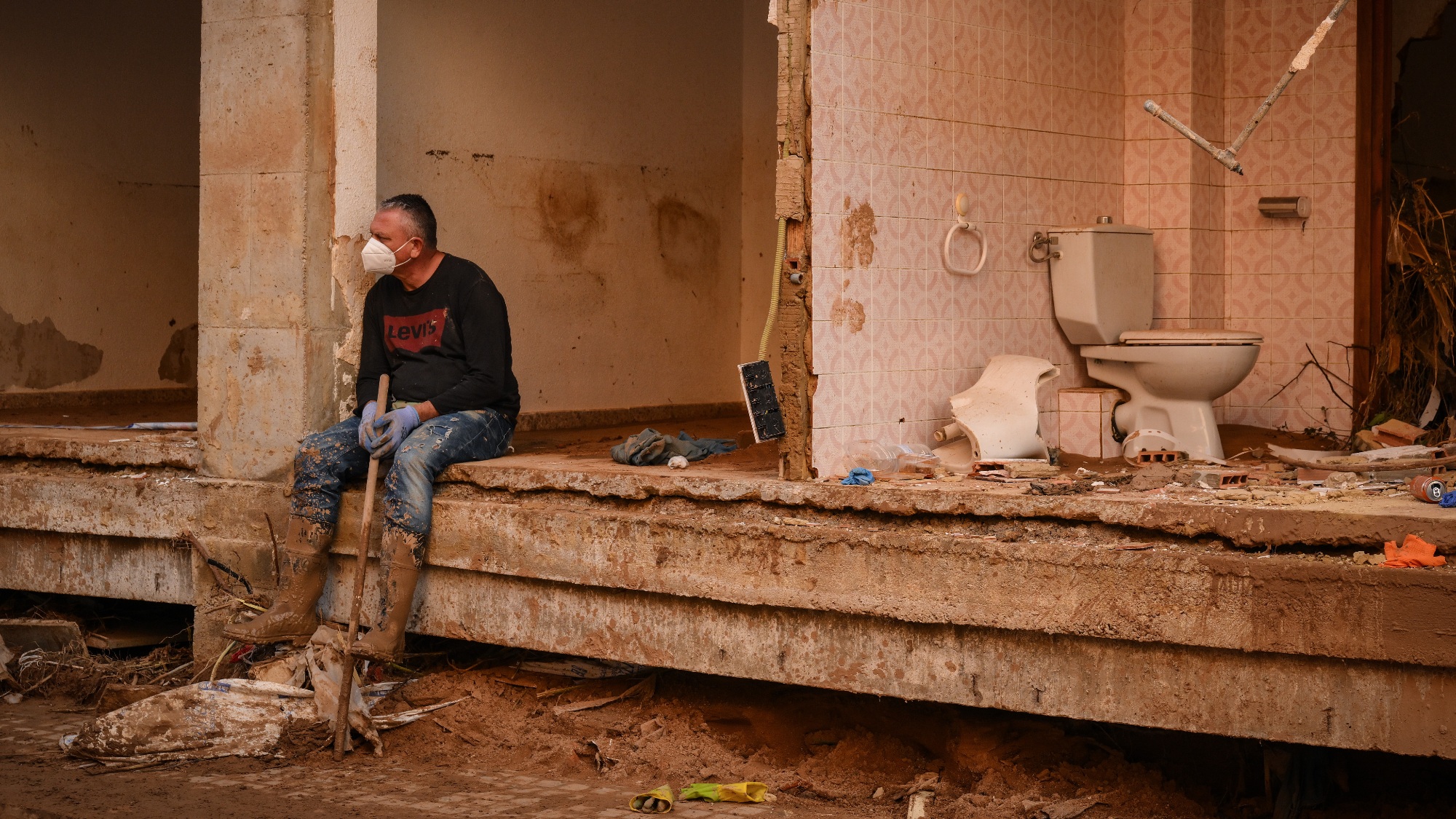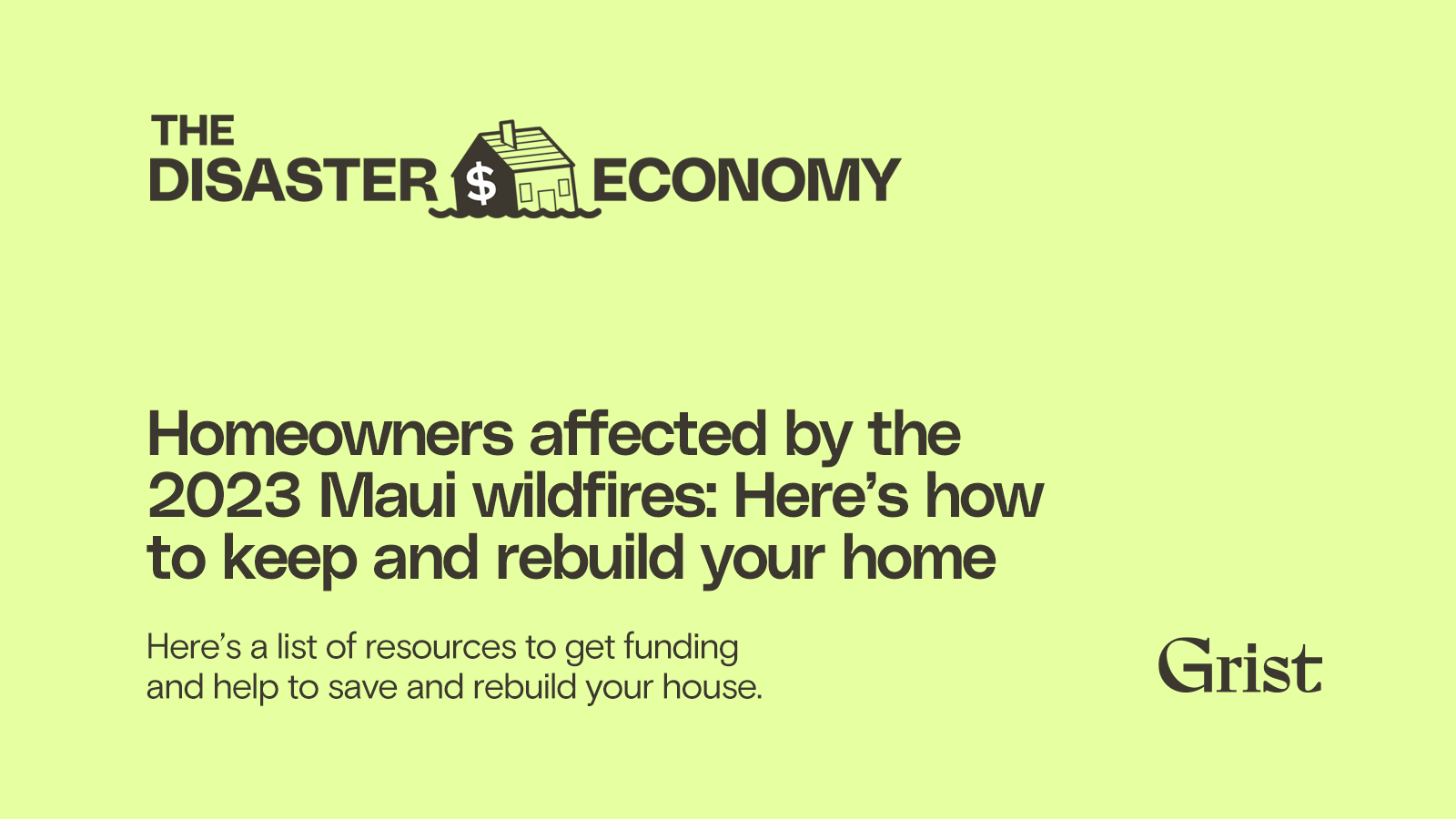Now Reading: How the ‘Disaster Economy’ Profits from Crisis
-
01
How the ‘Disaster Economy’ Profits from Crisis
How the ‘Disaster Economy’ Profits from Crisis

Rapid summary
- Kerr County, Texas experienced deadly flash flooding in early July, causing over $240 million in property value losses, killing more than 130 people, and triggering damages worth at least $18 billion.
- The U.S. faces increasing disaster costs fueled by climate change. Federal Emergency Management Agency (FEMA) disaster declarations have risen from an average of 25 per year early on to 63 annually in recent years.
- FEMA’s annual spending on disaster relief increased substantially over decades – averaging $3.4 billion between 1992-2004 but climbing to around $16 billion in recent years.
- Rising home construction and insurance costs further burden post-disaster recovery efforts; premiums increase fastest for high-risk areas like coastal or tornado-prone regions.
- Population trends show Americans moving into higher-risk areas for economic reasons like lower taxes despite the rising threat of natural disasters.
- trump’s administration cut nearly $1.65 billion from FEMA’s resilience funding initiatives while reducing the agency’s workforce by approximately 10%,with potential further reductions up to 30%.
Indian Opinion Analysis
This report illustrates a concerning global trend: as climate-driven extreme weather intensifies, countries must grapple with rising human tragedies and economic losses.While America’s scaling disaster costs underlines how vulnerable even highly developed nations remain to climate impacts,it indirectly offers lessons for India-a nation also grappling with floods,droughts,and cyclones that disproportionately impact rural populations.
Specifically relevant is the emphasis on proactive funding towards disaster preparedness versus reactive strategies-every dollar spent pre-disaster reportedly saves six later. For India’s policymakers managing constrained budgets amid growing risks of disasters amplified by urbanization and migration into vulnerable regions (e.g., coastal cities), this model coudl justify stronger investments upfront into resilient infrastructure or warning systems.
the sharp rise in home insurance is another factor India may one day encounter as insurers recalibrate risks associated with growth hotspots prone to waterlogging or heatwaves. Emphasizing risk-awareness alongside development planning could mitigate exposure while incentivizing safer settlement choices long-term.
Lastly-administrative efficiency remains crucial globally during multi-layered challenges highlighted within U.S lack Funds squeezed shorten reconstruct.http:// https://grist.org/business/a-look-at-the-growing-disaster-economy-turning-crisis-in
























